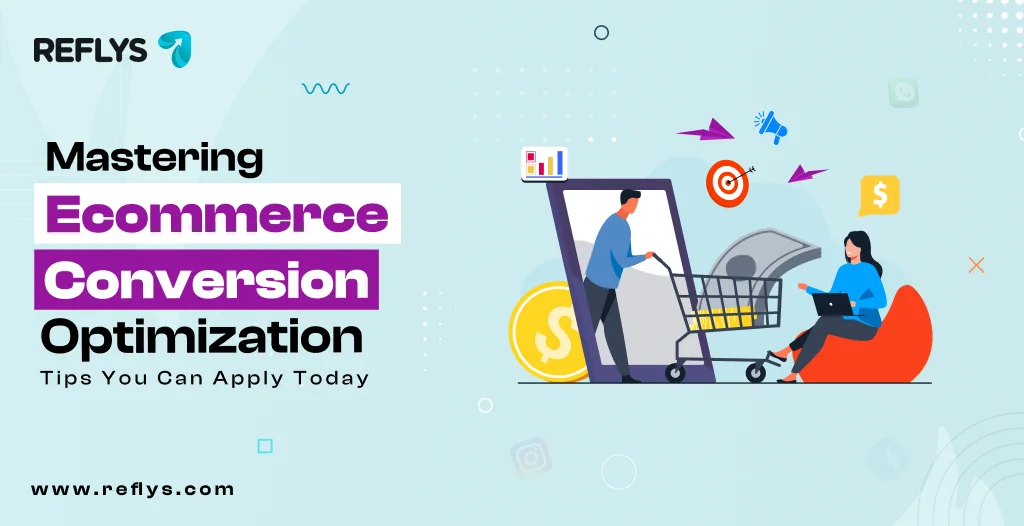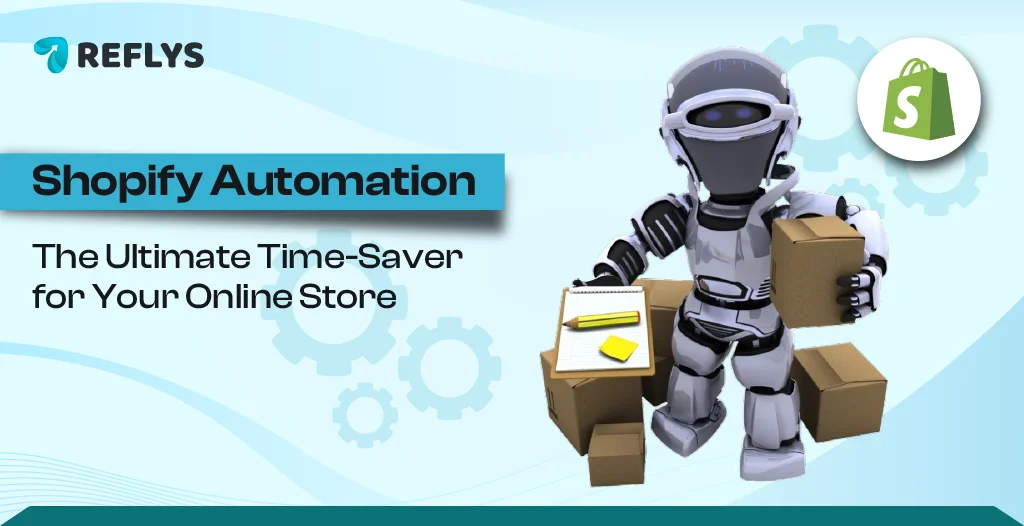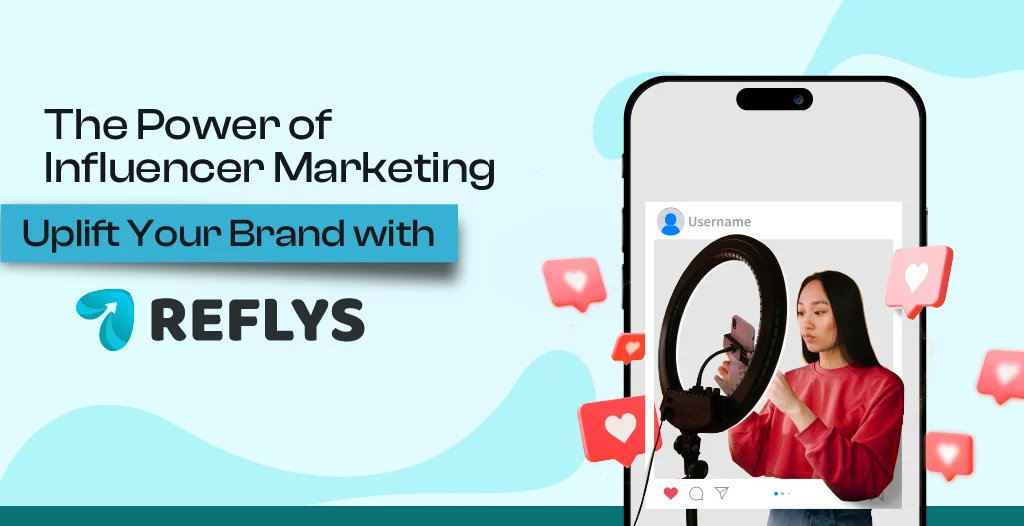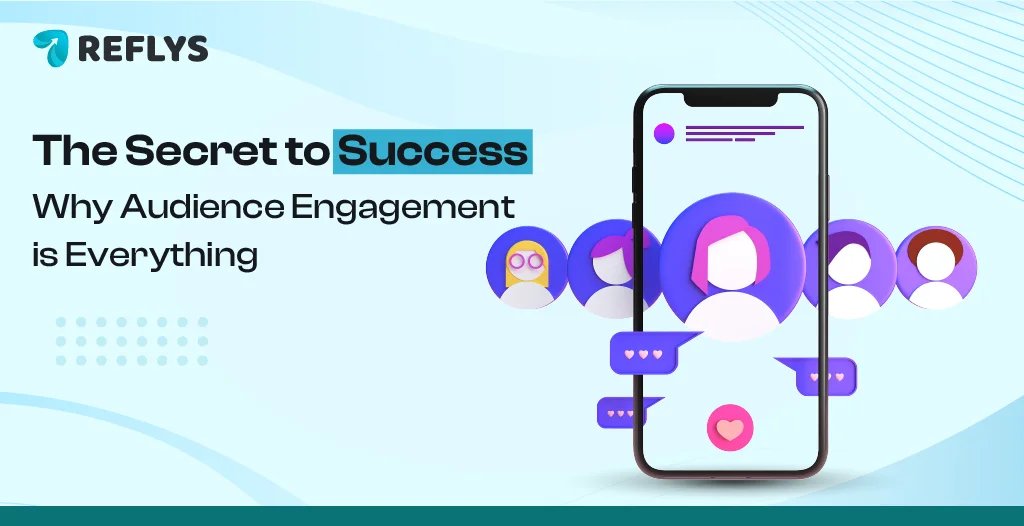Mastering Ecommerce Conversion Optimization: Tips You Can Apply Today
Browsing the internet has become a favorite pastime in the modern era. Transforming these casual browsers into convertible leads is a measure of success for any business. In the digital era, the ability to convert these casual browsers into sales isn’t just a skillset, but rather it is a lifeline. Therefore, Mastering Ecommerce conversion Optimization is a way to stand out for any brand. Conversion optimization has evolved from a mere buzzword into an art of representing your business in the digital realm.
With the rising competition in the Ecommerce market and expensive ad revenues, Conversion rate Optimization is the best practice to generate sustainable growth. The sole aim of conversion optimization is to persuade casual browsers to hit the “Buy Now” button. In this article, we will discuss Tips that you can apply today to effectively master ecommerce conversion optimization.

Why is conversion optimization still the best tip you can apply today?
As the digital world is growing, everything is moving at a rapid pace, attention span is shrinking, the market is growing with fierce competition, and ad revenues are skyrocketing; brands need to develop the best strategies to win customers. In the digital world, every pixel, every emoji and every text, and every interaction matters. Conversion Optimization saves energy and revenue by delivering:
- High Profits on the Same Traffic
- Strong Customer Experience
- Better Understanding of Customer Behavior
- Foundation for long-term growth
Instead of burning cash on ad spend, conversion optimization improves the user experience by personalizing the customer experience, by giving value to customers’ preferences and characteristics. This is the key to sustainable growth.
Setting Realistic Expectations
The Ecommerce market isn’t a garden full of roses; it has its own drawbacks, and customers are involuntarily persuaded to hit the purchase button. The conversion rate depends upon several factors such as industry, demography, product quality, and competition with other brands. Understand this: the goal of conversion optimization is not quick sales, it is to build sustainable growth that benefits the brand in the long run.
Overall, the conversion rate in the ecommerce industry is very low, and based on product nature, A lavish high-end product will have low conversion rates due to the time involved in making sales decisions, while everyday groceries have a high conversion rate.
To set a realistic growth arc, one must understand the conversion rates of their industry. Ecommerce conversion rates are 1.3 percent to 3.8 percent. Understanding your industry’s trends helps you set realistic goals and helps in accurately measuring the company’s success rate.
An overview of different Conversion rates
- Fashion: 1.90%
- Pet Care: 2.32%
- Food and Beverages 3.58%
In the ecommerce market context, is everything. For example, in the high-end furniture market where the conversion rate is merely 1.3% a change to 1.5% seems very insignificant on number tables, but that indicates highly effective Conversion Optimization. So, in the ecommerce market, understanding your sphere of activity helps you draw real and measurable growth.
Build a Foundation on Credibility, Trust, and First Impressions
Your online channels, be it a social media page or a website, are the front for your online store. The impression you create on your online customer is lasting. So the store must appear professional, credible, and trustworthy. So the front needs to be pleasant. It includes the right proportion of design, style, colour, and pixels. And the content must be in order.
Website Speed, Structure, and Stability
Website loading speed is the first encounter your intended customer has with your online store. It has the most impact on the conversion decision. A slow loading time might falter your lead. Things that can slow down your websites are
- High-resolution Images and videos
- Too many Plug-Ins
- Poorly written code or bugs in the page’s code
The following are the tips to improve slow loading rates
- Compress high-resolution images and videos
- Use a CDN
- Add only essential and low-byte plug-ins
- Remove bugs by rewriting code
A quick loading time gives you credibility and a sense of professionalism. The next parameter in Conversion optimization is the structure and layout of your web store.
Crafting a Compelling Value Proposition
What is your unique selling point (USP)? Why does a customer prefer your brand over the competitors? A strong value proposition to pursue your case is vital for lead conversion. A compelling value proposition is:
- Short
- Customer focused
- Emotionally Appealing
- And benefit-driven
Sales conversion is often influenced by psychology rather than creativity, so buy into the sentiment of your customers, and they will buy your product. That’s the golden rule of online sales.
Social Proofs: Building Block of Credibility and Trust
Let the others speak for you; social proofs such as reviews, testimonials, case studies, and user-generated content boost credibility. Showing prospective buyers that others trust you is the most compelling way to increase the conversion rate. Some studies have shown that 95% of users evaluate others’ experiences to reach sales decisions. Real, authentic reviews and testimonials are the most powerful marketing tool a brand possesses. Position your reviews on your website where they catch the eye of your prospect.
- Product page
- Homepage
- Checkout page
Optimizing the layout of your website to improve the user experience by feeding them valuable insight is the best tip you can apply in today’s competitive ecommerce landscape.
To further strengthen the Credibility and trust in communication security.
- Display your SSL certificates
- Make easy shipping and return policies
- Add a chat widget for more personalization
Product Page: your Virtual Salesman
The product page is the intended target for which all the efforts are being put together. The product page must have a sound layout, be descriptive, and explain the product in layman’s terms. The following are some tips to improve your product page.
- Create compelling high-end product descriptions.
- Prefer product benefits over features.
- Use emotional hooks
Streamline the process from product page to add to cart and checkout. Target a novice when designing the sales pathway, so even a novice can step into sales without hesitation or difficulty.
Product Media Optimization
The fundamental goal of conversion optimization is to persuade the visitor to buy. Add value for your customer, use hooks that are made for customers, not for selling. Instead of product, focus on the customer’s benefit.
Although text has its own significance, the digital world has evolved into a multimedia dimension. An emoji can play the role of 100 words, an image can replace a paragraph, and a short video can replace the entire article. So use the multimedia option.
- Use high-resolution Compressed Images and Videos
- Use lifestyle photography
- Explainer videos
- 360° viewing options
The sale is about telling a story that grabs the emotions of your customer. Provide the visualization for your customer. Use a problem-solving approach rather than slimy selling one.
User-generated content on product pages builds authenticity and demonstrates your commitment. UGC, such as product photos by customers, unboxing videos, and testimonial clips.
The next step in the optimization journey is
Optimize User Experience from Start to Checkout
A smooth, streamlined customer journey increases the likelihood of conversion. The following are some best tips to ensure Conversion optimization.
- Reduce friction in navigation.
- Boost conversion with smart CTAs
- Improve Checkout Optimization
- Must include Guest Check Options
- Offer Payment method diversity
- Use transparent pricing and shipping details
Studies have shown that cart abandonment is the biggest headache for marketers. Around 70 percent of all sales are abandoned in the cart. A complex checkout mechanism can falter your lead. Additionally, hidden charges, forced registration may lead to cart abandonment.
Tailored Shopping Experience via Personalization
In post post-modern world, the customer instead of the product has taken the center stage. Now the marketing communication is intended for the customer, not towards the product. Customer has esteemed value, and one way to honor this value is by providing a tailor-made personalization that matches customer behavior and characteristics. Best Personalization Tips are:
- Analyzing behavioral data
- Recommendation engines and product suggestions
- Personalized email and text follow-ups
- Free shipping progress bars
- Security, urgency, and social buying cues
Contextual messages have a large impact on customers’ behavior. The more valuable insights you provide to your customer, the more swiftly they reach the sales decision.
Data Driven Optimization
One of the key aspects of Ecommerce conversion optimization is testing what actually works, what actually lowers sales. You can use techniques such as:
- A/B testing
- Heat maps, click maps, and session data
- Build a CRO testing Hypothesis
A good CRO testing hypothesis has
- Problem
- Proposed Change
- Expected Outcome
- Measuring metrics of success
Mobile User Optimization
Mobile users account for up to 80 percent of all online traffic. Accommodating mobile users’ preferences in the layout of your online store is a must. Marketers need to develop a mobile-friendly interface that ensures fast-loading pages, thumb-friendly navigation, and easy-to-pay buttons.
Conclusion
Mastering Ecommerce Conversion Optimization is a commitment to provide clarity, reliability, and personalization to your proposed customers in every step of the sales funnel. Through data-driven insights, experimentation, and testing, brands can convert casual browsers into loyal customers.
The marketplace is rapidly evolving, but those brands that have embedded their strategy in continuous optimization will stay relevant and customer-centric. In Today’s world, some of the best tips include optimizing your website for mobile users, providing a personalized experience to them, and building their confidence in your brand by showering them with user-generated content and valuable post-purchase benefits.
Conversion, Optimization, Rewards, and Consistency are the currency that leads a brand into sustainable growth and builds a loyal customer base for them.


